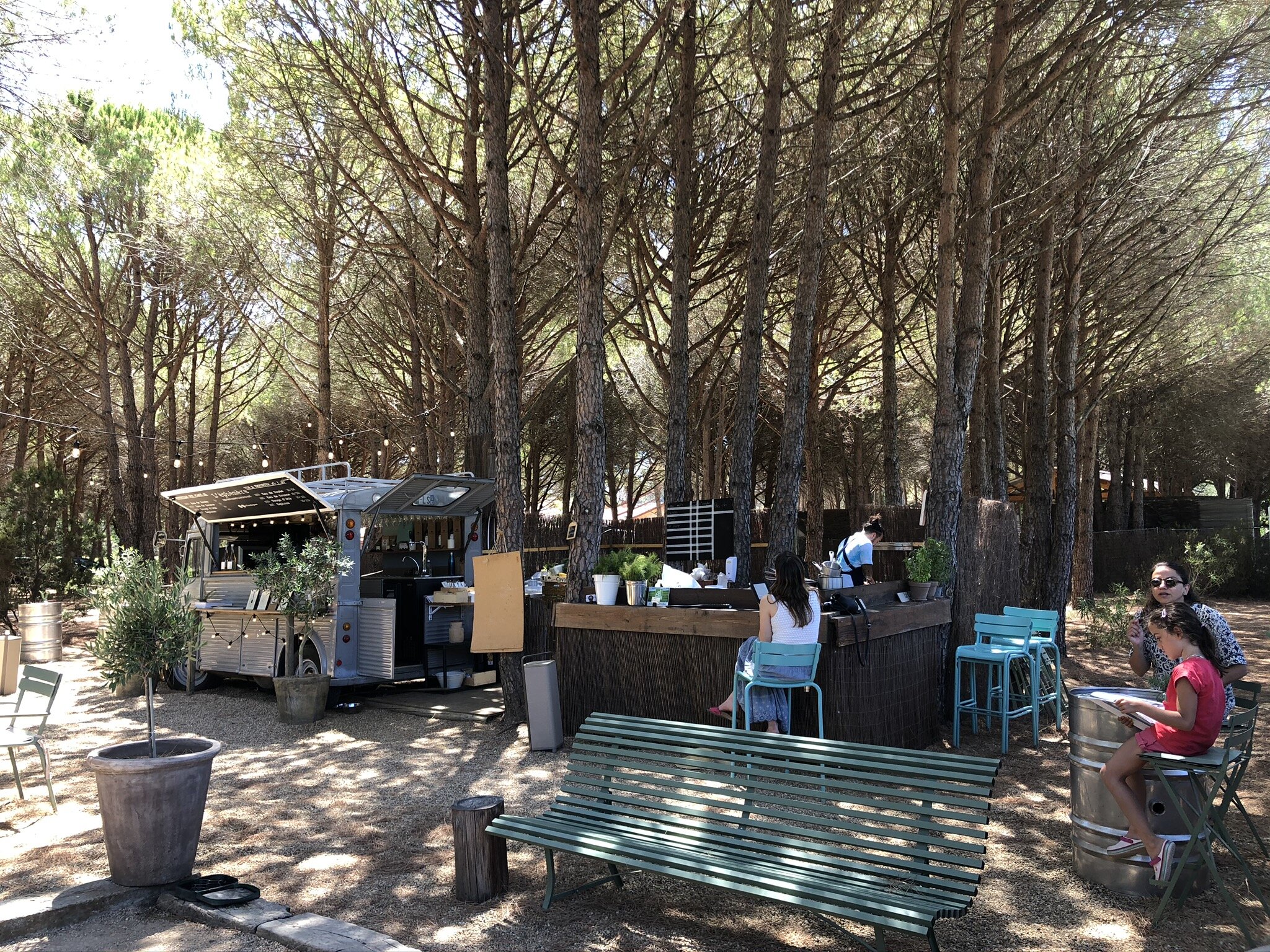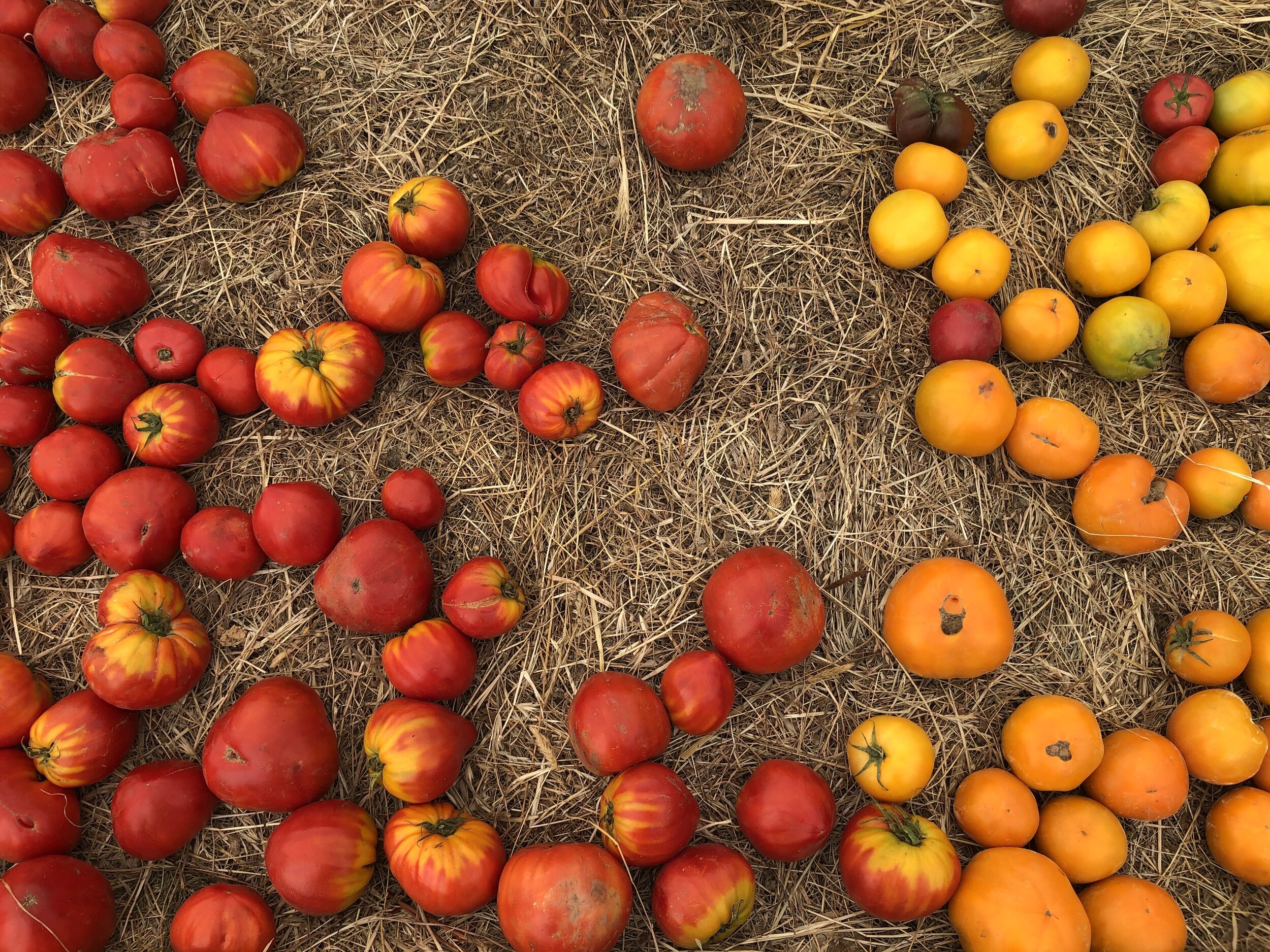A “philosopher” with whom I’m very close says that “The wine you like the most is actually the best wine”
Taking courage from these words, I decided to write an article on wine. However, I must confess up front that I might be way in over my head. I have many friends who know a lot about wine, I even have friends who are professionally involved in wine. While they are all out there, it’s me who’s attempting to write about wine. That’s some courage! Or maybe foolishness, we’ll see.
I will not bore you by starting with the fact that wine is an alcoholic drink produced from fresh grapes or grape juice through the process of fermentation, neither will I explain all technical details such as how during fermentation the yeast produces 1 degree of alcohol for each 17 g of sugar it consumes. Nor will I talk about how sometimes, when vines are planted too close by, they get stressed by the competion and send their roots as far as 20 m underground. However, I would still like to taste a glass of wine one day and turn around to tell my friends that “This wine has never aged in an oak barrel, it was aged in a steel tank into which oak shavings were added. It just doesn’t have the smoothness, that’s how you can tell.” Even imagining the shocked expressions of those around me is enough to give me joy right now.
Just like all other Turkish teenagers in that time, my first introduction to wine was probably by Kavaklıdere Yakut. I don’t actually remember because it has been so long, and as someone who started their drinking life with the awfully insufferable vodka and sourcherry juice, I really don’t want to go into my previous drinking experience. My true introduction to wine has come very late. When I first went into the restaurant business in 2010, I had my first chance to learn about the old and new Turkish wine brands, local grapes and their prices. That’s why it’s really not very realistic to expect a deep range of knowledge from me in such a short time, please don’t stress me with very high expectations!
When we were opening our restaurant in 2010, it was already decided that our menu would be based on fresh and local produce, therefore by selling only Turkish wine, we wanted to do our part to support the business. Another rule we had was not to have any sponsorship agreements with bigger brands so that we could include smaller producers we liked in the menu. You can see that we were very free-spirited. I saw now that we had wines from 16 different producers on the menu in 2015. It’s not bad at all for a small restaurant that seats 50 people. Of course you should never think that we forgot to take care of our customers who claim that Turkish wines ‘give them an headache’. We included 2 white and 2 red French wines for them on the menu as well. Naturally I did not see French wine as I see it now. But still I see that we still managed to choose good French brands, such as the 140 year old winery Joseph Drouhin, whose wines I had a chance to taste here in France later on. They are a 4th generation family-business in production in Burgundy. We had their Pinot Noir and Chablis on the menu. This reminds me of a joke I heard the other day. . “What gives people feeling of power?” Money? Status? Knowing that Chablis is Chardonnay? Correct answer is the last one.
Since we’ve mentioned French wines, let’s continue in that line. When it was confirmed that we were actually moving to Paris, I decided to learn more about French wines. I started studying the wine menus at each restaurant we went to. After a couple of times, I realized that almost no restaurant has the same two producers on the menu. The menus are sometimes like little novels, pages long but still 95% of the wines are from different producers. That got me discouraged and I just thought there was no way I could accumulate any sort of knowledge. I can hear some of you saying “Don’t be ridiculous.” For those of you, I have prepared just the right analysis. And I believe this huge study deserves its own paragraph.
While we were stuck at home during the pandemic, as a way to keep myself busy, I decided to save to an excel file every single wine we drank between April 2017 and April 2021, collecting all data from my Vivino account and my phone. Yes I really did that, and I already had every wine we drank saved somewhere. The results are pure madness. To start with, in the last 4 years, we have drunk a bottle of wine every 3.5 days. However let me say, we are certainly not alcoholics. For example, I’ve been on antibiotics for 5 days and I drank a half-glass of red wine, only twice. See, I am able to control myself! I also want to give an idea on the price data I’ve collected so that you can see that there is a certain price range. Looking at that, you can understand the vastness of the French wine industry when you include all the more expensive and cheaper wines out there. Apart from a couple of specials occasions, the wines we drank are all between 20€ and 70€. This includes both supermarket and restaurant prices. It’s time to reveal numbers. In the past for years, 95% of the time with Ayca, we drank a total of 299 bottles of wine. Of these 167 are white, 123 are red and only 9 are rose. (There might a few more roses but they probably did not leave a mark strong enough to be recorded) But what is most amazing, is the number of producers these 299 bottles are from. We drank 299 bottles from 259 different producers. This is a mind blowing number for a Turkish person who has had a brief encounter with the restaurant business. I’m still analyzing the list, therefore there might be more articles about that coming your way. For now, I’ll leave it at that by finally mentioning more numbers about the regions of those bottles.
76 bottles from Burgundy, 57 bottles from Loire, 47 bottles from Rhone, 30 bottles from Languedoc-Roussillon, 28 bottles from Provance, 25 bottles from Bordeaux, 13 bottles from Alsace, 8 bottles from South-West, 5 bottles of Beaujolais, 4 bottles from Savoie, 3 bottles from Corsica, 2 bottles from Jura.
Looking at these results, we can see that as a couple we drank mostly Chardonnay and Pinot Noir, followed by Sauvignon Blanc from Loire. Are we a bit boring? Why always the same classci grapes while there were so many options out there?!?!? Ayca, let’s think about this a little, he?? Hahahaa Talking about different grapes, some of the grapes that I heard of for the first time were Poulsard from Jura, Rolle from Provance, Marsanne from Rhone, Clairette and Roussanne, Jacquère and Gringet from Savoie. I must also say that I tasted 3 of these grapes in Septime, one of my favourite restaurants in Paris. And I remember buying the rest of them from a wine store in our neighborhood. Every year at Christmas I set myself a certain budget to gift myself some new wines. This selection is usually chosen by Didier to take me on a wine adventure. Every year is a new excitement. Didier is extremely knowledged about wine. Every year I show his selection to my philosopher friend mentioned at the beginning of the article, or should I say my friend ‘the talker’? And Didier’s selection passes his evaluation with flying colors very year. Well, if Didier has managed to pair our Turkish style chickpeas with lamb and rice with butter with an amazing bottle of white wine, what more can one say about his skills. It was an amazing pairing. In case you are able to come across it one day, it was Rieffel Winery’s Granite, from the Alsace Region.
What deserves respect in France is the amount of varity available, and the effort all producers put into keeping high-quality standards in a sustainable production approach under the pressures of the threat of enviromental change. I’m impressed by and envy how the whole society works to own and preserve their food culture.
PS: The talking philosopher whose knowledge and friendship I value immensely is Levon Bağış. Nothing should stay hidden!























